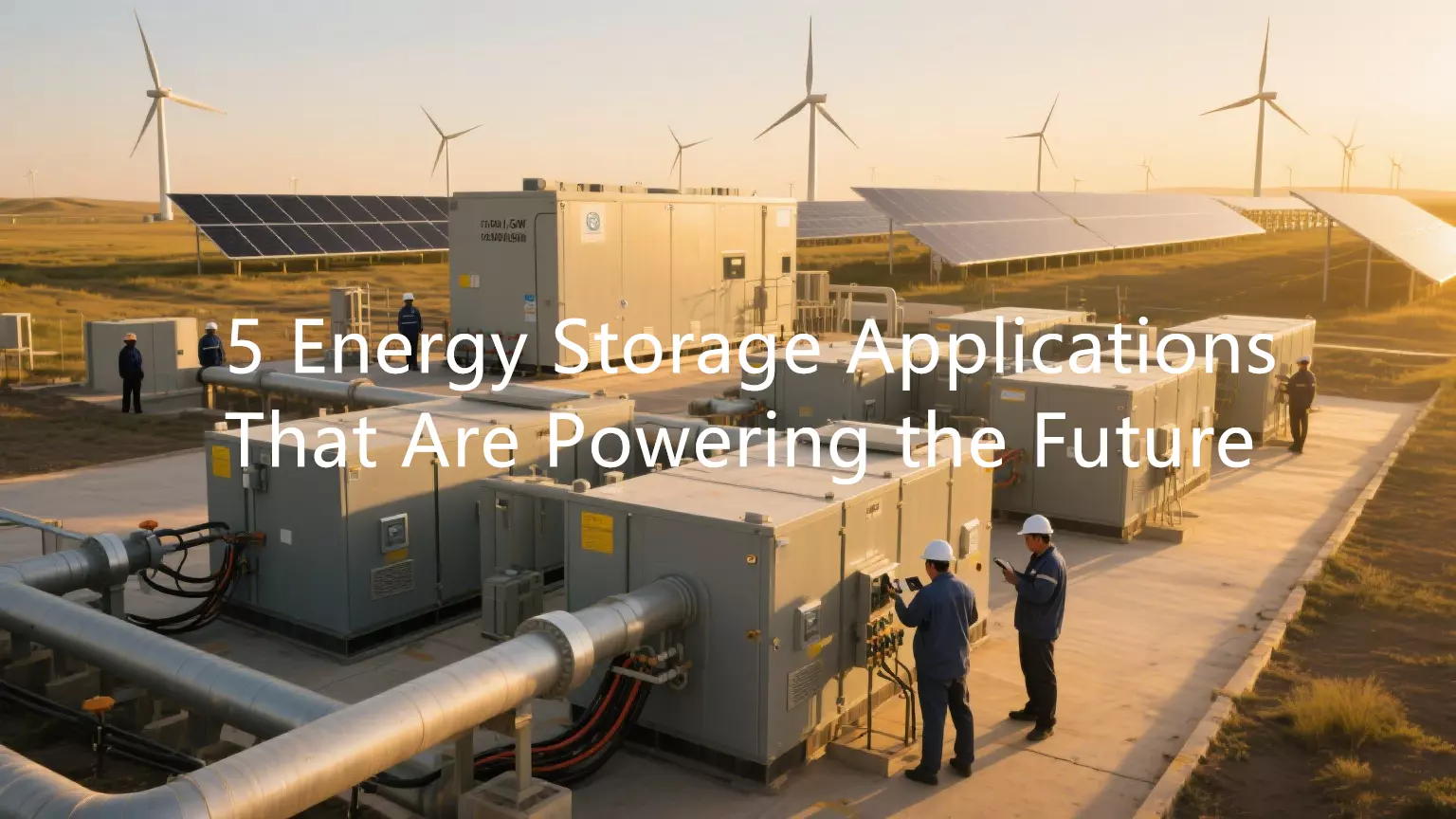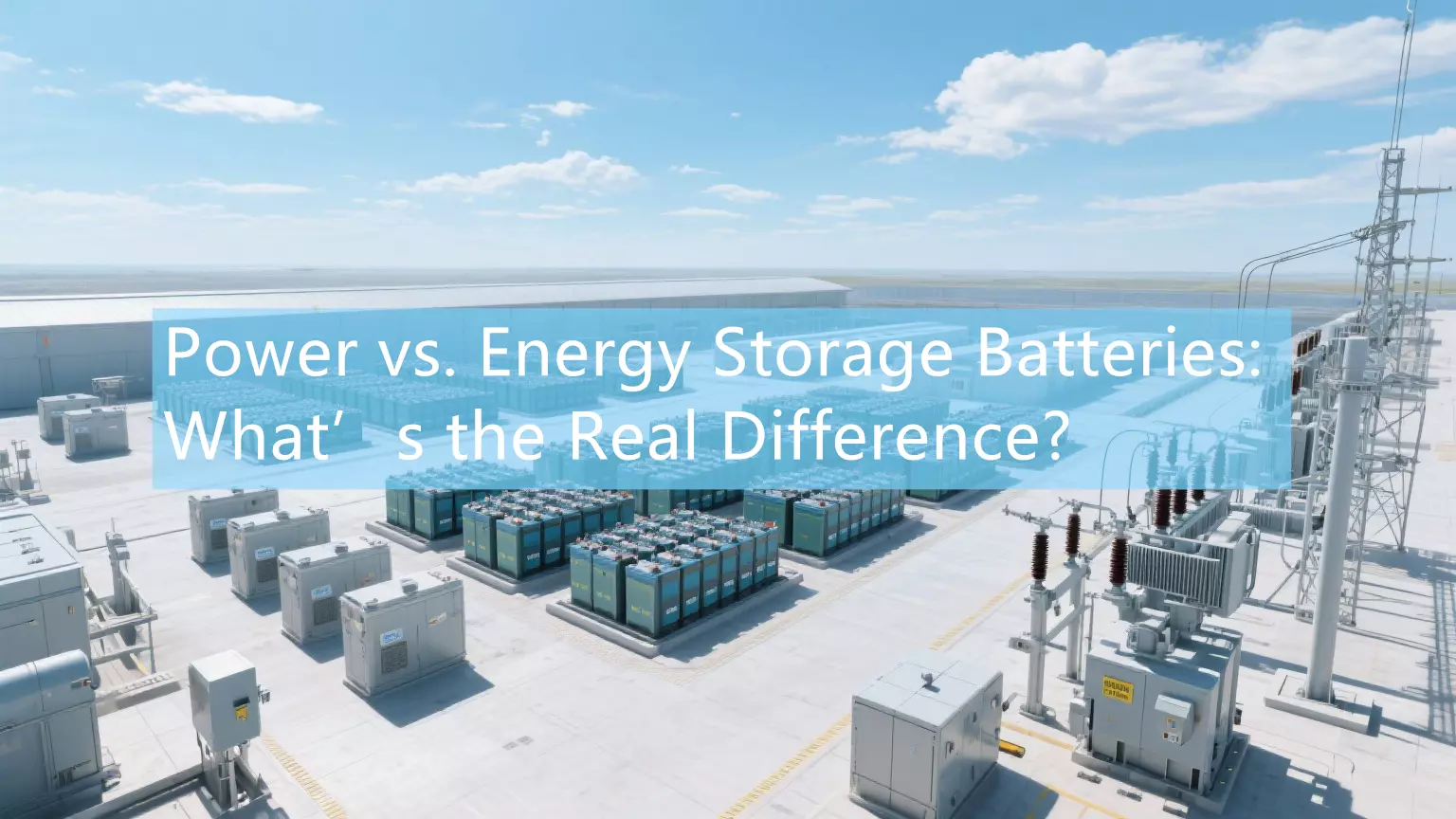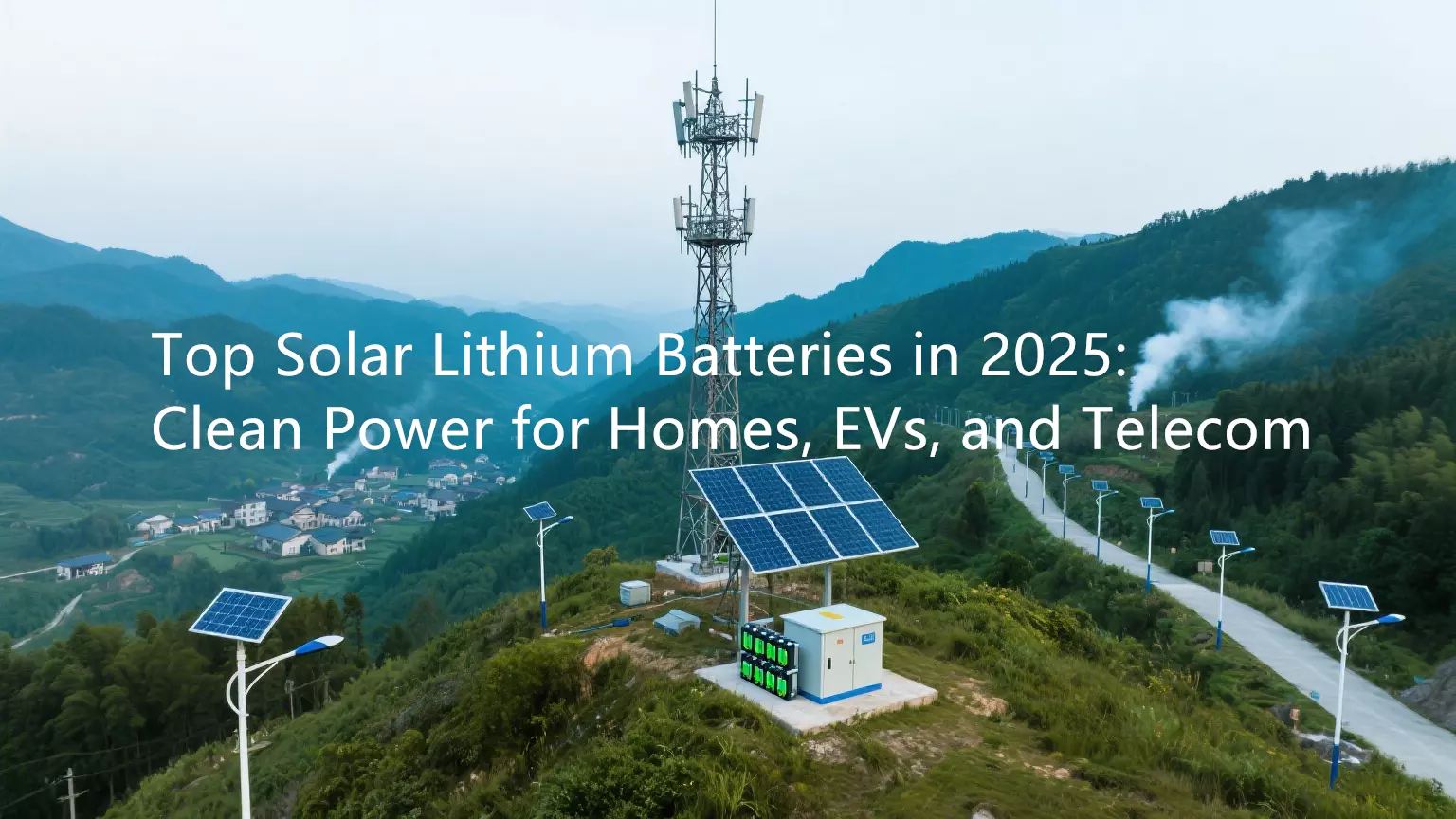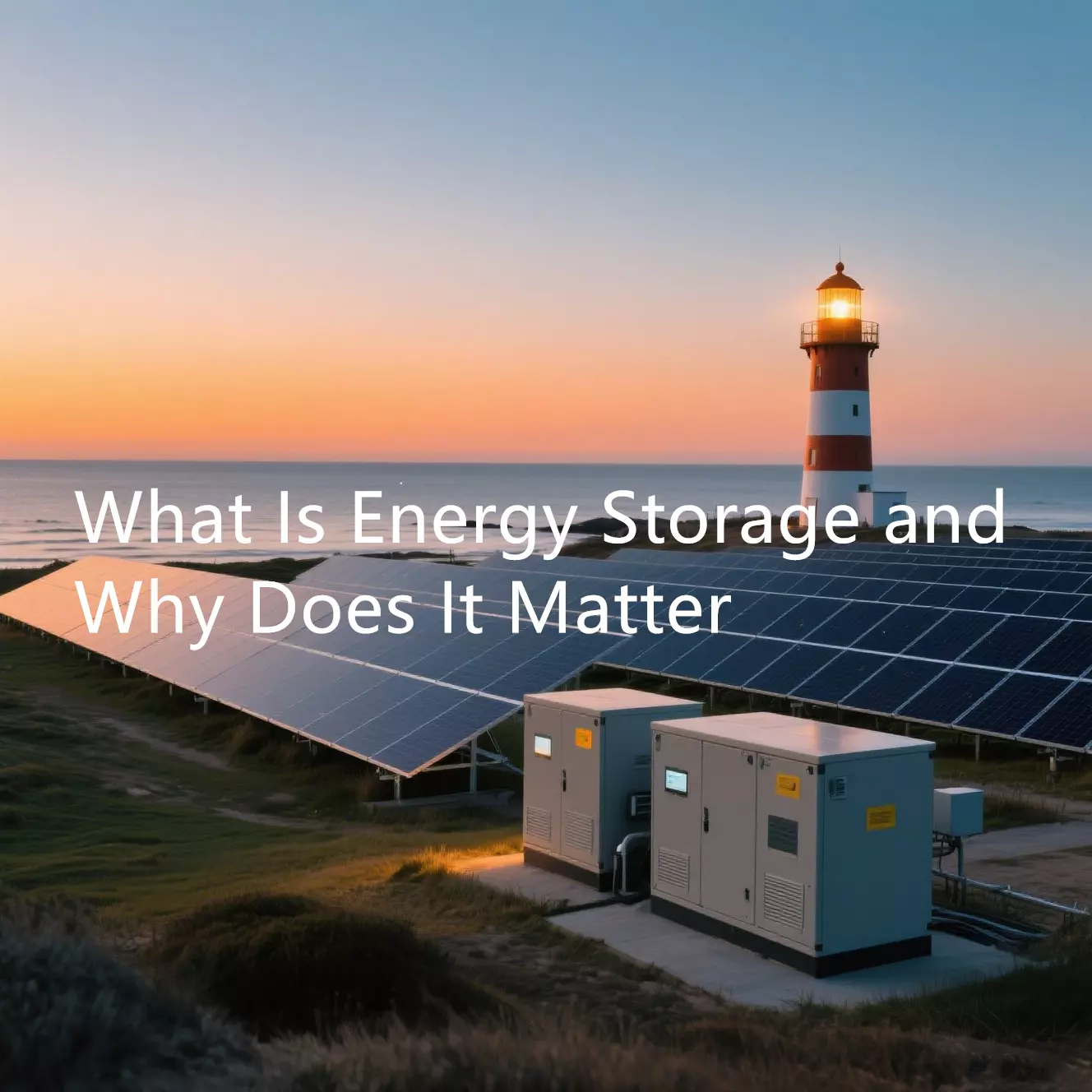As the world shifts towards renewable energy, energy storage has emerged as a linchpin for balancing supply, improving reliability, and enabling decarbonization. From utility-scale grids to niche industrial applications, these 5 scenarios illustrate the technology's versatility and impact across sectors.

1. Commercial & Industrial Efficiency Revolution
1.1 Peak Shaving for Manufacturing Plants
Industrial facilities with high peak loads—such as auto factories or semiconductor plants—use MW-scale storage systems to minimize demand charges. A 2024 case study in Germany showed a BMW plant cut energy costs by 28% using a 5 MWh lithium-ion system, charging during off-peak hours (€0.12/kWh) and discharging during peaks (€0.35/kWh).
1.2 Smart Retail Microgrids
Major shopping centers like Dubai Mall install "energy buffer" systems: 10 MWh storage paired with rooftop solar. This powers 50+ EV chargers while shaving 40% off peak demand, with payback periods of 6–8 years.
2. Transportation Electrification & Grid Integration
2.1 Highways of the Future: EV Charging Hubs
Tesla's Supercharger stations in California use two MWh batteries per site to:
- Deliver 250 kW fast-charging without overloading grids
- Store solar energy during the day for nighttime use
- Participate in VPPs, earning $0.15/kWh by discharging during grid peaks
3. Utility-Scale Grid Modernization
3.1 Renewable Energy Firming
China's 1.5 GW Zhangbei storage project (lithium-sodium hybrid) smooths output from 3.6 GW of wind/solar, reducing curtailment from 18% to 5%.
4. Industrial & Specialized Applications
4.1 Mining Sector Decarbonization
Barrick Gold's Nevada mine replaced 20 diesel generators with a 40 MWh system, cutting fuel use by 1.2M gallons/year and reducing CO₂ by 12,000 tons.
5. Emerging Innovations & Niche Use Cases
5.1 Green Hydrogen Production
Nel's 10 MW electrolyzer in Norway pairs with a 20 MWh battery to:
- Operate continuously despite wind variability
- Cut hydrogen production costs from $3/kg to $1.8/kg
Technology Trends Shaping Adoption
Hybrid Storage Architectures
Combining lithium-ion (for power density) with flow batteries (for long duration) is gaining traction. A 2024 report by IEA shows hybrid systems reduce Levelized Cost of Storage (LCOS) by 18% compared to single-tech setups.
Conclusion: A Storage-Driven Energy Future
From stabilizing gigawatt-scale grids to powering remote villages, energy storage has become the backbone of modern energy systems. As costs fall (lithium batteries dropped 85% since 2010) and policies accelerate deployment, these 5 scenarios are just the beginning of a truly decentralized, resilient energy grid.





